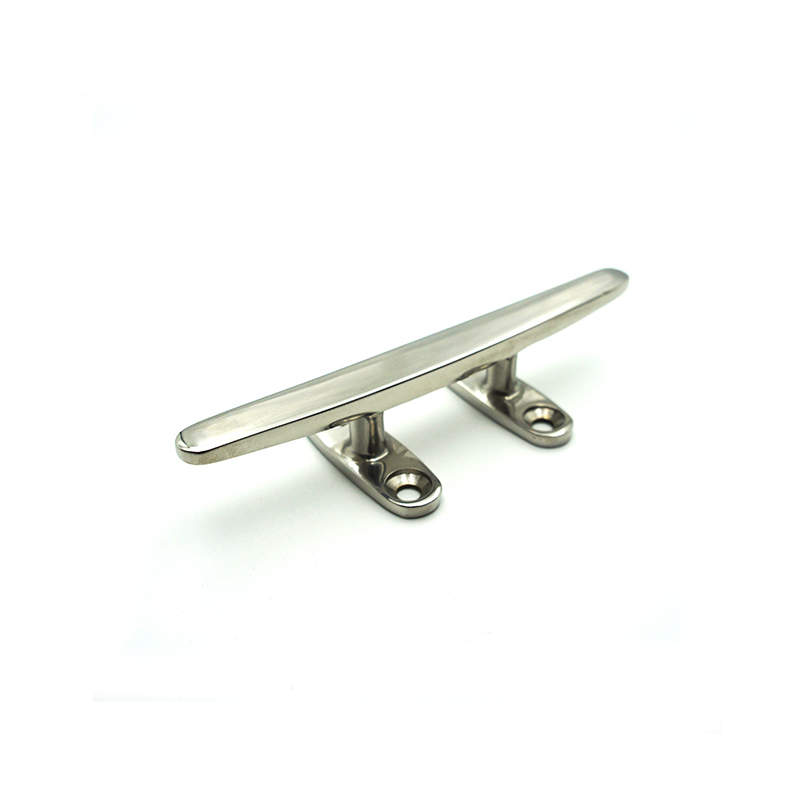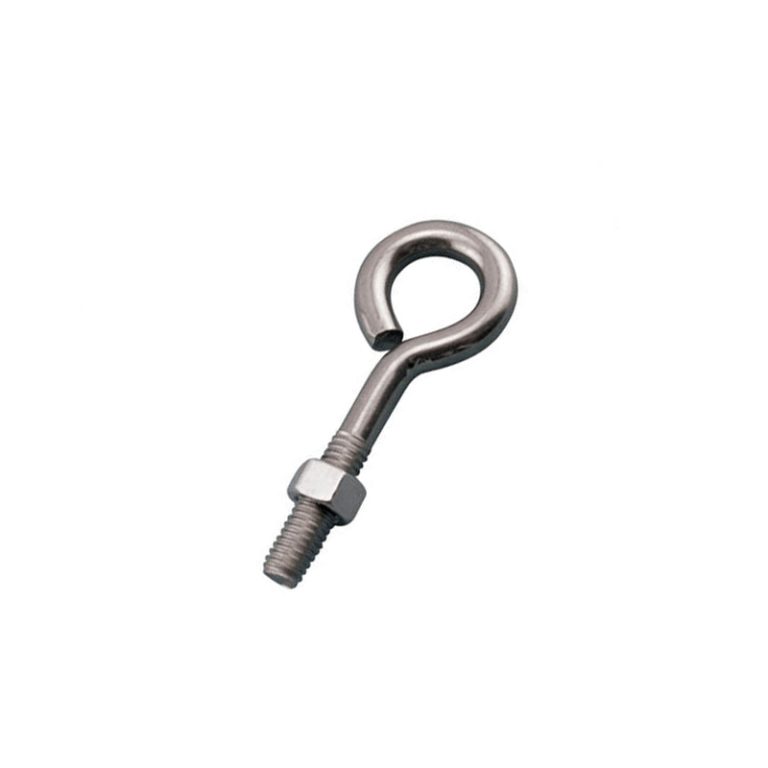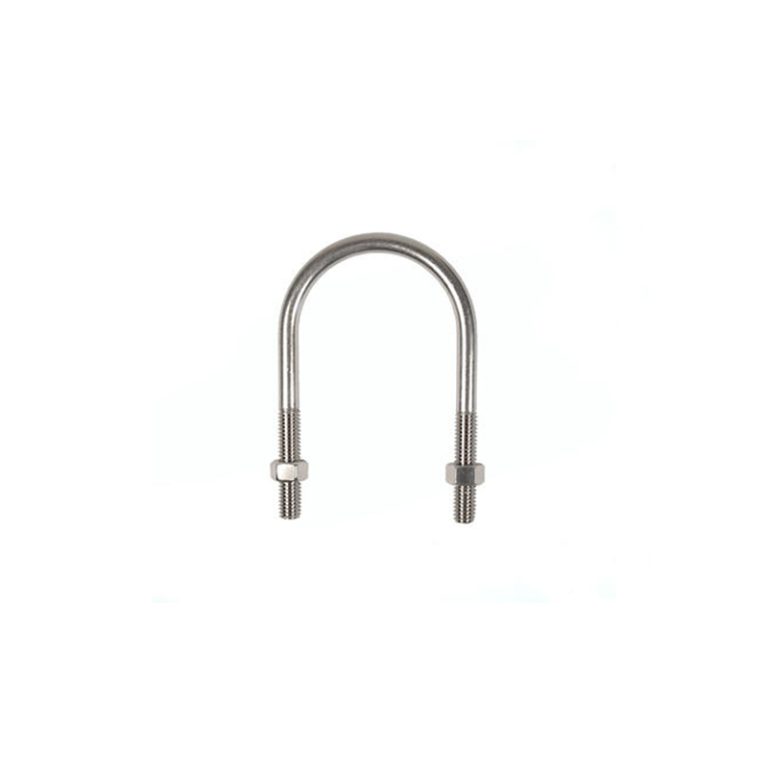Table of Contents
مقاومة التآكل للفولاذ المقاوم للصدأ
عناصر صناعة السبائك في الفولاذ المقاوم للصدأ

بشكل عام، فإن وجود عناصر صناعة السبائك في الفولاذ المقاوم للصدأ هو ما يجعله أكثر صلابة من الحديد النقي. تعمل هذه العناصر على تغيير البنية الدقيقة للفولاذ، مما يؤدي إلى تحسين خواصه الميكانيكية مثل الصلابة والقوة. من خلال الاختيار الدقيق لتركيبة عناصر صناعة السبائك، يمكن تصميم الفولاذ المقاوم للصدأ لتلبية متطلبات الأداء المحددة، مما يجعله مادة متعددة الاستخدامات ومتينة لمجموعة واسعة من التطبيقات.
Alloying Elements in Stainless Steel
Stainless steel is a popular material used in a wide range of applications, from kitchen appliances to industrial machinery. One of the key reasons for its popularity is its hardness and durability. In comparison to pure iron, stainless steel is much harder, making it more resistant to wear and corrosion. This increased hardness is due to the presence of alloying elements in stainless steel.
Alloying elements are added to stainless steel to improve its mechanical properties, such as hardness, strength, and corrosion resistance. These elements alter the microstructure of the steel, making it harder and more durable. One of the most common alloying elements in stainless steel is chromium. Chromium forms a protective oxide layer on the surface of the steel, which helps prevent corrosion and increases its hardness.
In addition to chromium, stainless steel may also contain other alloying elements such as nickel, molybdenum, and manganese. These elements further enhance the hardness and strength of the steel. Nickel, for example, increases the toughness of stainless steel, making it more resistant to impact and fatigue. Molybdenum improves the corrosion resistance of stainless steel, particularly in harsh environments such as marine applications.
The presence of these alloying elements in stainless steel results in a material that is much harder than pure iron. Pure iron is relatively soft and malleable, making it unsuitable for applications where hardness and durability are required. By adding alloying elements, stainless steel can be tailored to meet specific performance requirements, making it a versatile material for a wide range of applications.
The hardness of stainless steel is typically measured using the Rockwell hardness scale. This scale quantifies the resistance of a material to indentation or penetration. Stainless steel grades with higher chromium content tend to have higher hardness values on the Rockwell scale, indicating greater resistance to wear and deformation.
In addition to hardness, the alloying elements in stainless steel also contribute to its strength. Strength is a measure of the amount of force a material can withstand before it deforms or breaks. Stainless steel grades with higher nickel and molybdenum content tend to have higher strength values, making them suitable for applications where high mechanical performance is required.
Overall, the presence of alloying elements in stainless steel is what makes it harder than pure iron. These elements alter the microstructure of the steel, improving its mechanical properties such as hardness and strength. By carefully selecting the composition of alloying elements, stainless steel can be tailored to meet specific performance requirements, making it a versatile and durable material for a wide range of applications.







